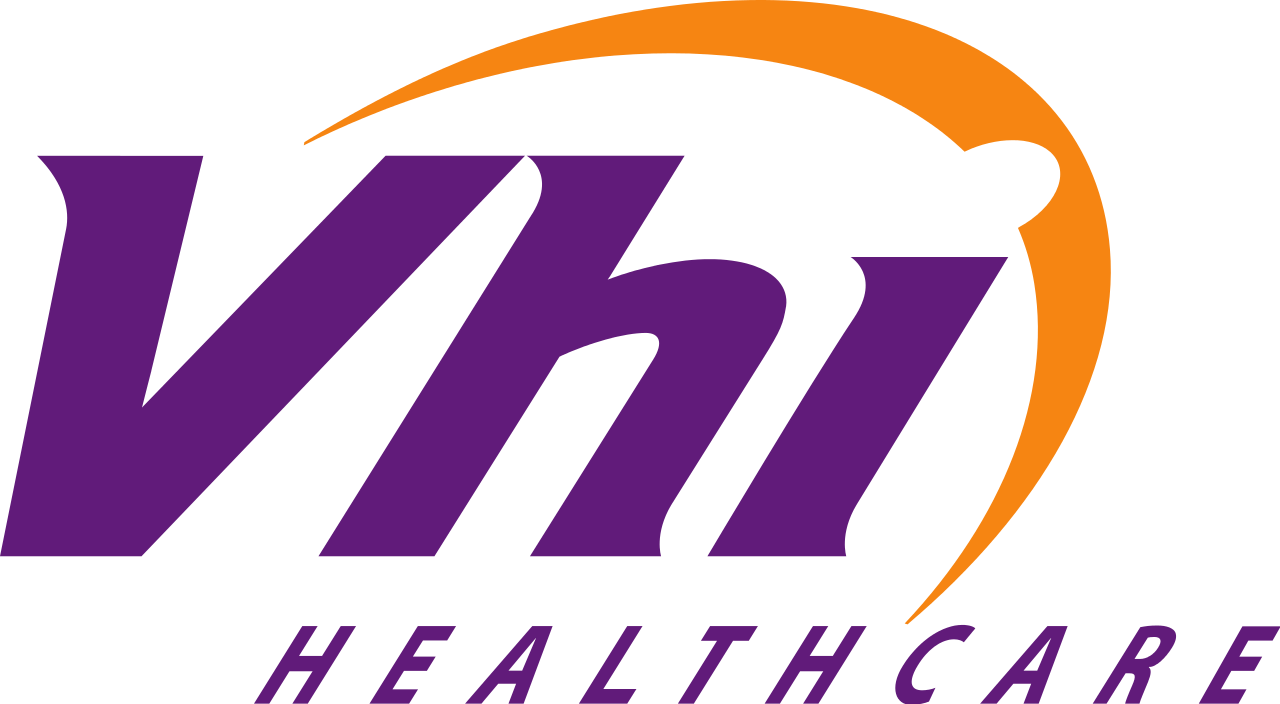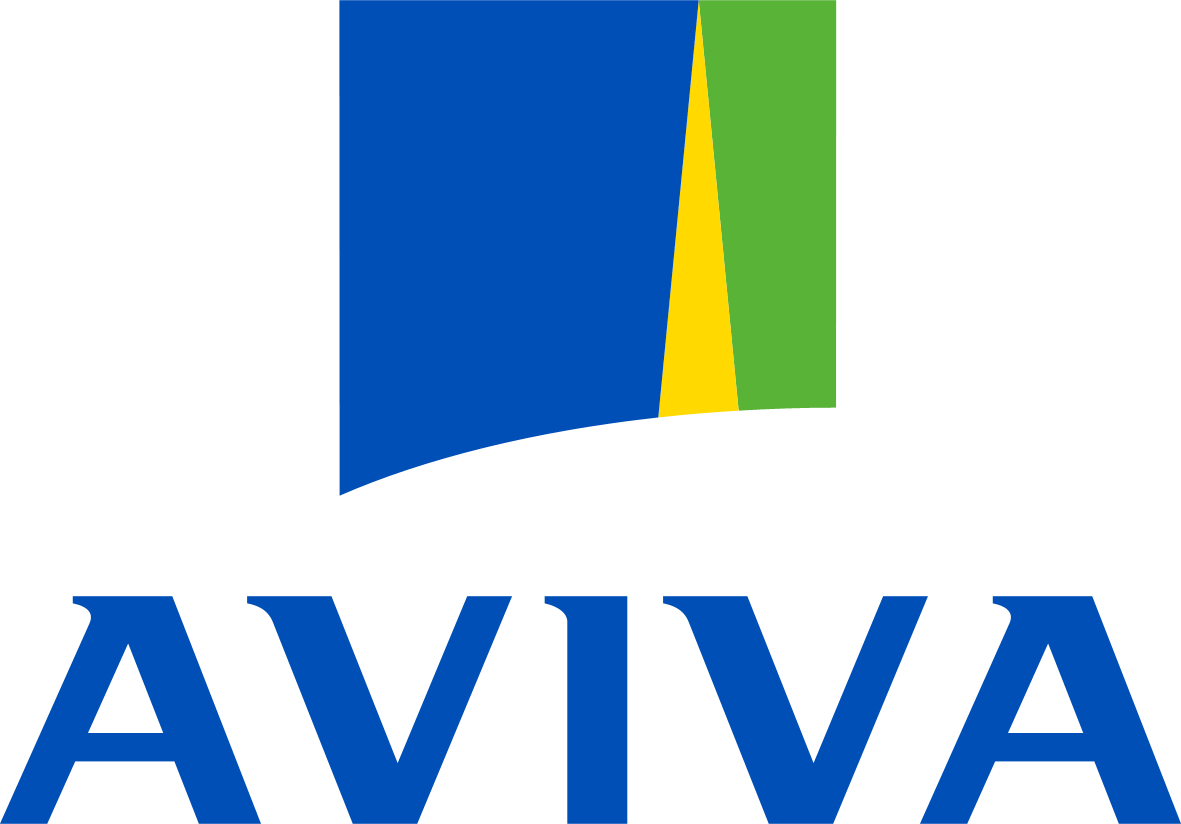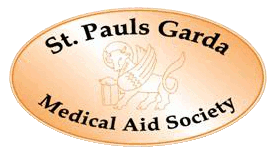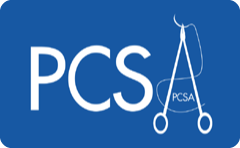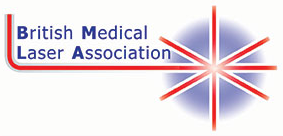 Download this information as a PDF
Download this information as a PDF
MANAGEMENT OF ACNE IN GENERAL PRACTICE
“The Pulse Dye Laser treatment is the biggest breakthrough in the treatment of Acne Vulgaris in twenty years” – Dr Tony Chu.
Acne is the most common skin problem seen by GP’s, especially at this time of the year. Although 85% of teenagers get acne only a small number of these will need help from their GPs. While most teenagers will grow out of their acne eventually, I have many patients who drag into their twenties, thirties or even into their forties with acne. My personal record is a man in his sixties with acne on his back. Some people, especially women, will only start developing their acne in their twenties (late onset acne) and these cases can drag on for many years.
While it is important to reassure patients that they will grow out of their acne eventually, I never put a time frame on this as it is impossible to predict when the acne will settle down. Neither would I use this as an excuse not to treat their acne since most young adults are concerned about the “here and now” and not what will happen in 1, 2 or 5 years time.
The diagnosis of acne in teenagers is usually straightforward with papules, pustules and oily skin. However, in older patients acne can be confused with other pimply rashes on the face such as rosacea and peri-oral dermatitis. Careful clinical examination with a good magnifying light should reveal the cardinal features of acne which are open and closed comedomes (black and whiteheads) and these are usually associated with oily skin. In rosacea you also get papules and pustules but the skin is usually red (rosy) and there is no comedomes. Occasionally you can get an overlap where an unfortunate patient may be growing out of their acne and into their rosacea. Professor Marks, in Cardiff, calls this “red acne”, which I think is a most appropriate descriptive diagnosis. Fortunately some of the acne treatments such as oral antibiotics will work well for both conditions.
Peri-oral dermatitis is also a pimply rash but is usually confined to around the mouth although sometimes it can occur around the eyes. The papules are very small (micropapules) and coalesce to form what looks like a rash around the mouth with no comedomes. Peri-oral dermatitis is usually found in women and is most likely hormonally driven. Most patients will have aggravated their problems by the inadvertent use of topical steroids. Fortunately peri-oral dermatitis also responds to a six- or 12-week course of oral antibiotics such as tetracyclines.
The treatment for acne is normally simple and straight forward although it is surprising how often I see patients who have failed to respond to previous acne treatments because they have not been counselled properly. I usually spend 10 or 15 minutes with all new acne patients explaining the problem, demonstrating how to apply their creams and gels and giving them realistic expectations as to how long the acne treatment will take to work. There Soalas Dermatolgoy & Laser Clinic. Page 2 are various acne grading scales such as the Leeds Revised Acne Grading System, but I usually grade patients into mild, mild to moderate, moderate, moderate to severe and severe acne in the various locations such as the face, chest and back. Two other categories worth recording are whether the acne is nodular-cystic, or scarring.
It is important when deciding what treatment to use to take the patients feeling into consideration, since what might look like mild acne to the Doctor may be severe acne in the patients eyes, and vice versa. Also remember you may be seeing the patient on a good day.
All patients with oily acne need a suitable wash or cleanser and I usually recommend products with 2% salicylic acid although these can sometimes cause skin irritation and excessive dryness if not used properly. I usually ask women not to bother with toners on acne-prone skin and to avoid moisturisers completely as their skin is already too oily and using a moisturiser will “add fuel to the fire”. However a lot of acne gels cause dryness of the skin so the patient has to be instructed to use enough but not too much. You want the patient to get their skin slightly dry but not scaly, red or sore. Make-up will help to conceal spots but should be oil-free, or non-comedomogenic.
Although we know acne is hormonally driven almost all teenagers (and their parents) will blame their diet. Diet has little or nothing to do with acne but I usually use the opportunity to instil the virtues of healthy eating habits and regular exercise when counselling patients with acne. Picking is bad news and patients must be encouraged to leave their spots alone, since scratching, picking or squeezing spots usually makes the spots worse and can leave marks or scars. However I must admit that when I had acne myself I succumbed to the temptation of popping a ripe pointing yellow head (pustule) rather than leaving it staring back at me in the mirror for days. Another rescue remedy I heard from Professor Kligman in the USA was to apply Benzyl Peroxidize frequently 5 or 6 times a day carefully to the inflamed spot using a Q-tip to intensify the treatment.
The first line treatment for acne is always topical therapies. Despite this I am amazed to find patients on oral antibiotic tablets or hormonal treatments for their acne without any topical treatments. This makes no sense and will invariably be unsuccessful, as the patient will relapse once the oral therapies are stopped. The choice of topical treatments depends on the type of acne you see. In patients with oily skin and a lot of comedomes (non inflamed lesions) a topical retinoid is helpful (Retin-A, Isotrex, Differin). If the patient has mainly inflamed lesions (papules and pustules) then Benzyl Peroxide is the more appropriate. Many patients have both non-inflamed and inflamed lesions. In this situation I usually use a retinoid at night and Benzyl Peroxide in the morning, which is an excellent combination but patients have to be counselled on the correct use of these products as they can cause excessive dryness if not used properly.
I tend to avoid using topical antibiotics since antibiotic resistant strains of P acnes are now a major concern.
Patients with more moderate or severe acne will usually need systemic treatments in addition to their topical therapies. Again, antibiotic resistance is becoming an everincreasing problem, and oral Tetracycline (Oxytetracyclin, Lymecycline, Minocycline) seem to have the least resistance. The use of topical Benzyl Peroxide combined with the oral antibiotic seems to reduce the incidence of antibiotic resistance. If patient acne is bad enough to warrant systemic treatments such as oral antibiotics, then they need to take these antibiotics in the correct dose for at least three to six months. Tetracyclines cannot be used in children, or pregnant women, and work best when taken on an empty stomach. It is important to give the patient realistic expectations as to what to expect in the treatment. I usually tell clients to expect little or no improvement in the first month of treatment. They should have approximately 30% clearance of their acne after two months, and 95% clearance after six months. It is also important to explain that antibiotic tablets do not cure acne but merely get their acne into remission. Once they stop their tablets they should continue their topical treatments indefinitely until such time as they “grow out of their acne”. If they stop everything after six months (eg both the tablets and the topical agents) there is a very high risk of relapse.
In non-smoking women hormonal treatments such as Dianette can be useful especially if they also need a contraceptive, have menstrual problems, or hirsuitism (check for poly-cystic ovarian syndrome). Dianette should be taken for at least six months and combined with good topical agents. Once the acne clears, I usually change the patient to regular skin friendly oral contraceptives with high levels of oestrogen (eg Cilest, Marviol, or Logynon) if they still need contraception.
Patients with severe acne or those who fail to respond to conventional therapy as outlined above should be considered for Roaccutane (see Table 1). Although Roaccutane has come in for a lot of bad press in recent years, I feel that when it is used properly under careful medical supervision by a Doctor experienced in its use, it can be a safe and extremely effective treatment for severe acne and is the only treatment that will offer a permanent cure. The possible association between Roaccutane and mood disorders such as depression, suicide, psychosis and violent behaviour remains under investigation and these possible side effects have been added to their product information leaflet. I always discuss the possibility of mood disorders with all patients starting Roaccutane (especially young men) and check for this on their monthly review while on treatment.
Roaccutane is no longer confined to “hospital only” or Dermatologist only” use. The new licence indicates that it should be used by doctors experienced in the use of oral retinoids. This usually implies that it should be used by Consultant Dermatologists or GPs who have worked for at least six or 12 months in a Dermatology Department. I have personally treated over 500 patients with Roaccutane and have had no major problems. However, I am very selective when I prescribe Roaccutane, and I monitor patients closely every month while on treatment. All women need contraceptive cover (I usually recommend two methods of contraceptive cover, such as the contraceptive pill and condoms) for one month before, throughout and one month after finishing Roaccutane. Women should also have a negative pregnancy test before commencing treatment. I also recommend patients to avoid alcohol, or drink very little, while on Roaccutane, especially young men.
The latest and most exciting new treatment for acne is laser treatment. Low fluence pulses dye lasers (PDL) have been used for atrophic acne scarring for a number of years and anecdotal evidence suggests that long-term improvement in inflammatory acne can be seen after even one PDL treatment. The pulsed dye laser seems to stimulate cutaneous pro collagen production and the specific wavelength (585nm) kills the porphyrin containing Propionibacterium acnes, a common cutaneous commensial which is responsible for the inflammatory lesions in acne patients. It is thought that the laser light might also alter the patients’ immunobiological responses to the bacterium.
Dr Tony Chu, Consultant Dermatologist in the Imperial College at Hammersmith Hospital in London, and an expert in acne treatment published a seminal paper in “The Lancet” in 2003 (362:1347-52) showing that in a randomised double-blind controlled trial of pulse dye laser treatment for inflammatory acne using the N-Lite laser, acne severity improved substantially after only one treatment. The treatment was well tolerated by the patients without any analgesia and the rapidity of the response to the laser treatment contrasted with that of conventional treatment such as oral antibiotics, which often need six to eight weeks before benefits are seen. The improvement continued for at least 12 weeks in most patients. According to Dr Chu, “the pulse dye laser treatment is the biggest breakthrough in the treatment of acne vulgaris in 20 years”.
I have treated a number of patients with the N-Lite Pulse Dye Laser with encouraging results. Hopefully, over the next few years we will be able to manage all patients with acne regardless of severity without antibiotics (topical or oral) with the use of lasers and topical treatments. Roaccutane will still be needed for the most severe resistance cases.
Table 1 – indications for Roaccutane
- Severe Nodular Cystic Acne
- Acne unresponsive to standard systemic and topical therapies
- Acne relapsing quickly after standard systemic and topical therapies
- Scarring acne
- Acne associated with severe psychological problems
Dr David Buckley, MRCGP, MICGP, DP Dermatology. Kerry Skin Clinic Tralee



